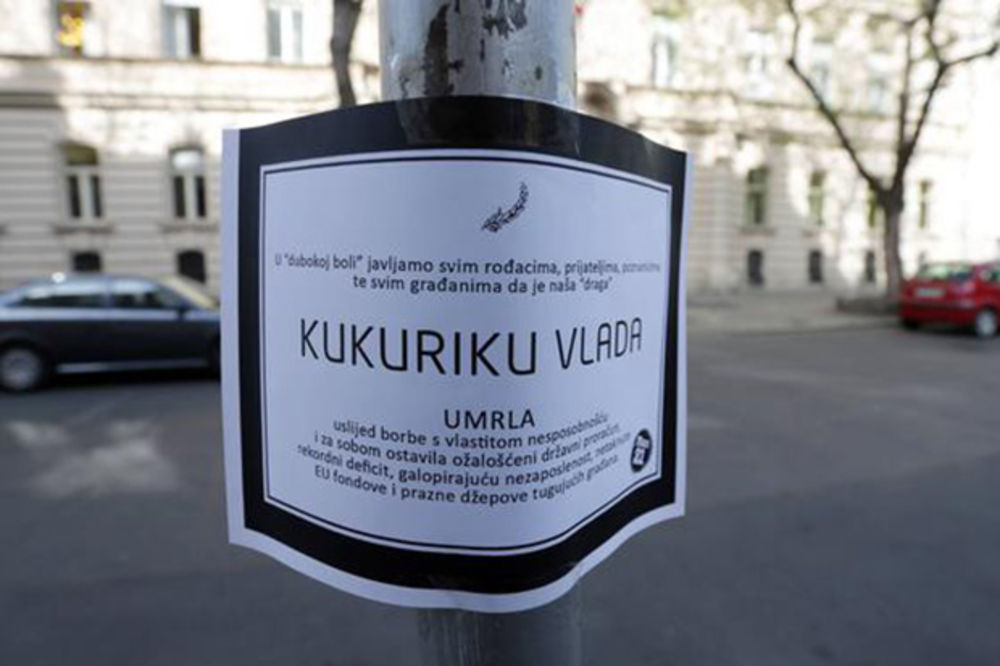Landschlacht, Switzerland, 15 April 2018
So much has gone on and is going on in my life that it is difficult for my writing to keep up the pace.
New events and new ideas crop up before I have completed writing about already started descriptions of older material.
I am much like a man walking down the street with an old girlfriend, finding himself attracted to a new girl that has suddenly crossed their path.
Followers of this blog may have noticed two phenomena happening:
First, I have devoted much time to my other blog Building Everest to the neglect of this one since the start of 2018.

Second, this all-purpose, general-opinion blog has evolved into becoming a travel blog whose themes have followed the sequence of writing about Italy, London and Switzerland.
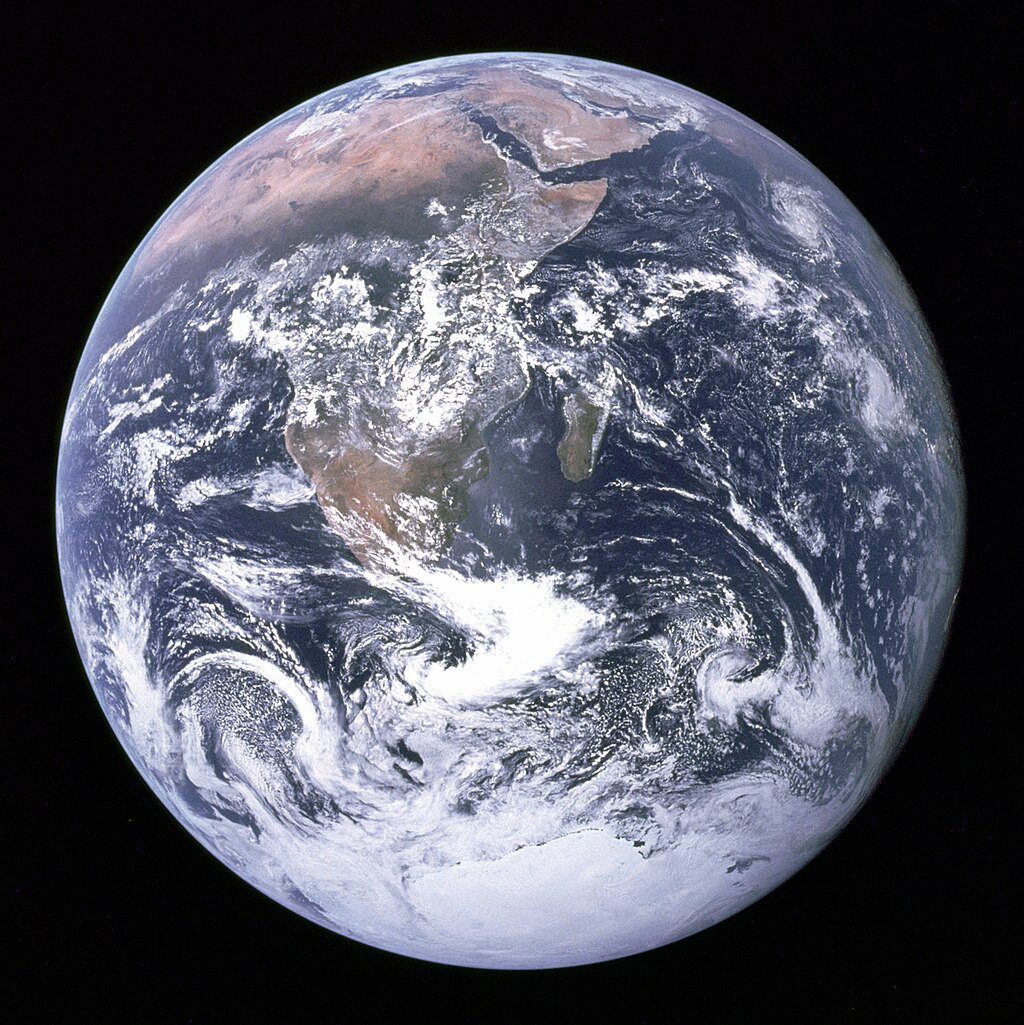
Today I add to the sequence, inserted in alphabetical order, Serbia, where I recently spent an interesting week (4 – 9 April 2018) as a guest of my Starbucks co-worker Nesha of Belgrade.

Six days and five nights isn´t much time to see a city, let alone an entire country.
To further complicate my explorations I was in Serbia during Orthodox Easter Week, meaning that normal visiting days Friday and Sunday found many attractions closed for Good Friday and Easter Sunday.
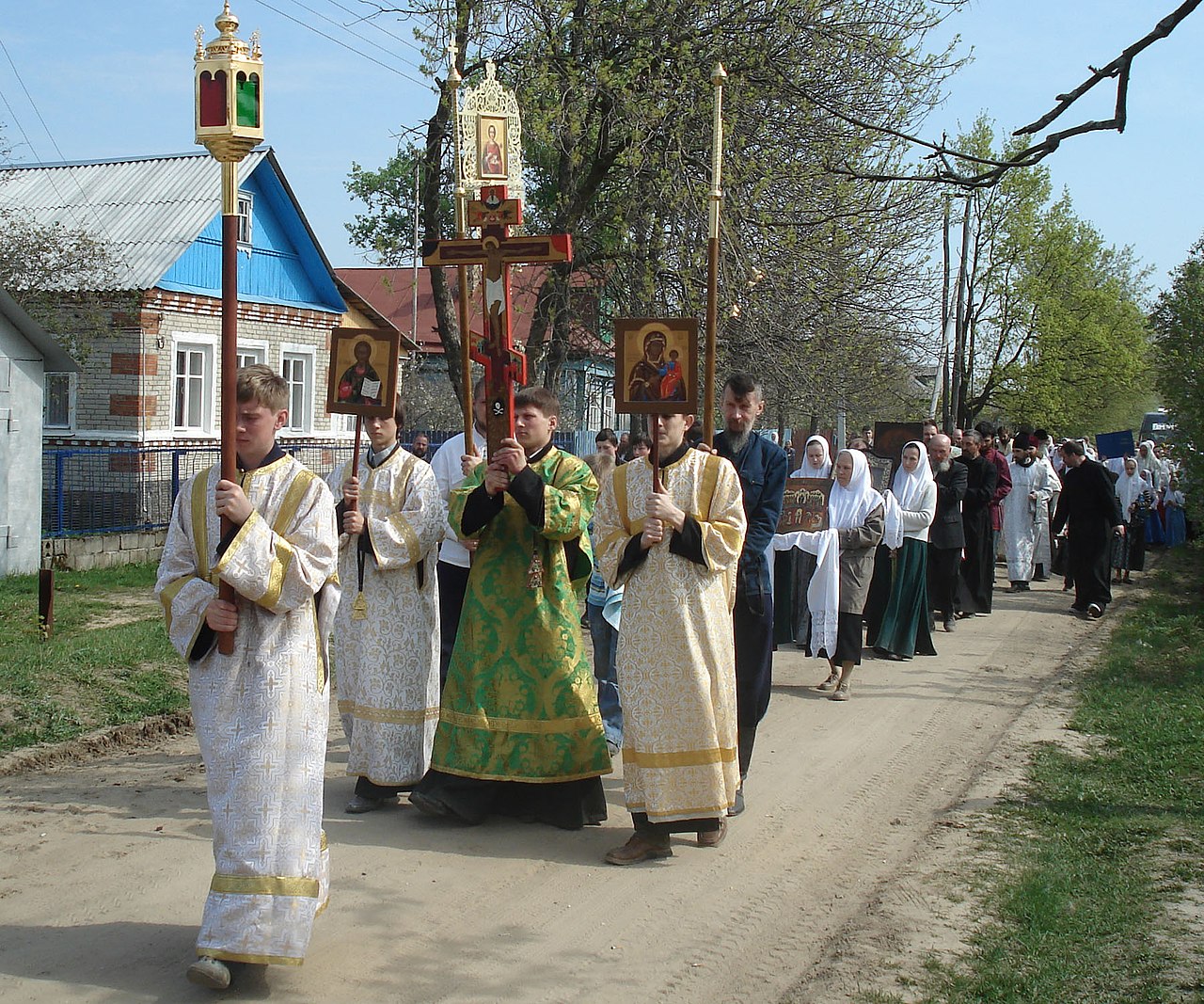
Nonetheless I spent four days and three nights in the Serbian capital of Belgrade and two days and one evening in the southen city of Nis in a most delightful and entertaining fashion.
What I discovered about Nesha´s amazing homeland has planted within me a desire to return to Serbia and a motivation to share with others the magic I discovered in the hopes that they can share this pleasure with me.
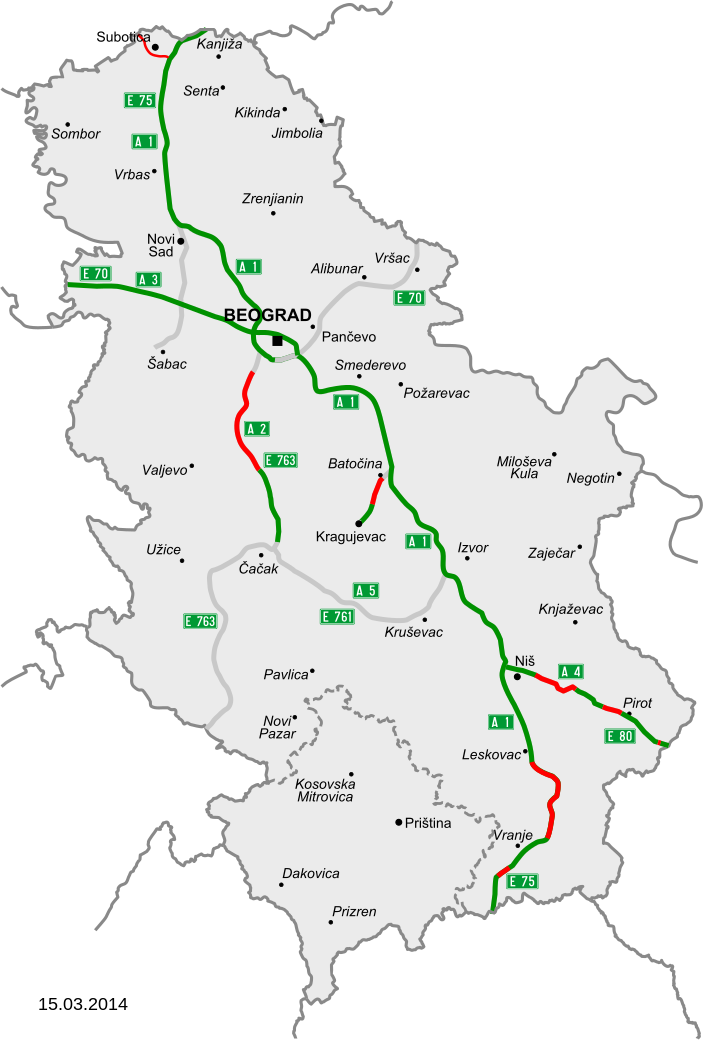
Landschlacht, Switzerland to Belgrade, Serbia, 4 April 2018
Since moving to Landschlacht eight years ago mostly every single solo journey I have taken has started at the Landschlacht Train Station, though “Train Station” might be too generous a description for the single track, small glass shelter, stop-only-on-request, train halt labelled “Landschlacht“.

Ideally I would have preferred to walk to Serbia, but neither time nor finances permitted such a project.
I also would have preferred taking a train or bus between Switzerland and Serbia.

But the aforementioned time issue plus the economical advantage of flying on a budget airline as compared to the costs of international train or bus travel found me this day following an itinerary of a train ride to Appenzell Ausserrhoden´s cantonal capital Herisau, riding with Nesha by car through Austria to the Munich West airport of Memmingen (Germany) and flying with Wizz Air (an English-owned, Hungarian registered budget airline) to Belgrade.

The day began as all days on the cusp of a great adventure should begin: with spring sunshine and clear views of the distant Alps.
The Thurbo (the SBB´s Thurgau branch) journey to Herisau was neither pleasant nor unpleasant in its unremarkableness.

Caramel macchiato at the Herisau café Panetarium was quickly consumed as Nesha arrived at the station as punctually as he had promised.
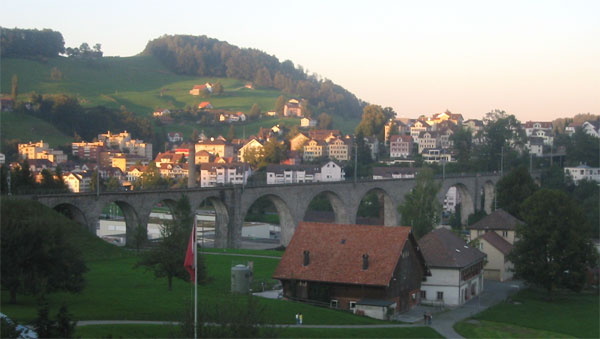
We drove from Herisau to the town of Rheineck where Nesha filled the car with fuel and bought a windshield sticker needed to travel Austrian roads.
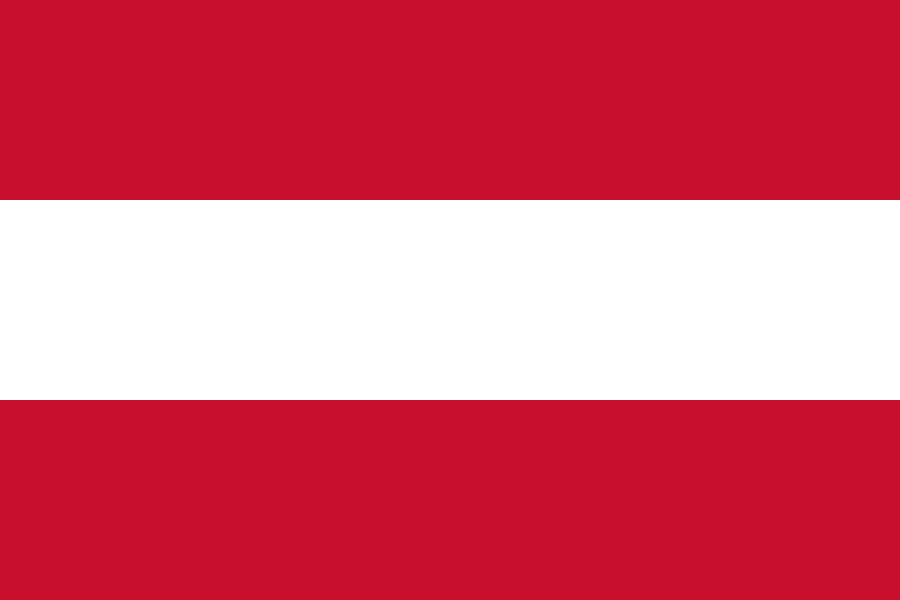
Above: Flag of Austria
Bought but for some unfathomable reason not affixed to the windshield as it should have been we drove through a tiny section of Austria before following an Autobahn through the Allgäu Region to Memmingen Airport.
On the drive to the airport Nesha takes his role as my self-appointed guide to his homeland seriously.
He speaks of the past, desperate to salvage Serbia´s reputation from the bad press the media has given his country since the breakup of former Yugoslavia.

Above: Map of Yugoslavia (1946 – 1990)
Nesha wants me to see his homeland as more than just conflict and turmoil.
He reminds me of world-famous music festivals and top-class athletes, of rich cuisine and unusual landscapes, of friendly people and stunning scenery, of numerous nightclubs and a multitude of monasteries.
Nesha is proud and passionate about his country of ancient sites and architectural riches.
He is as independent as his fellow Serbians, who are proud to have survived and thrived as a landlocked country positioned at the crossroads of central and southeastern Europe, a major link between East and West, between capitalism and communism, between Christianity and Islam.
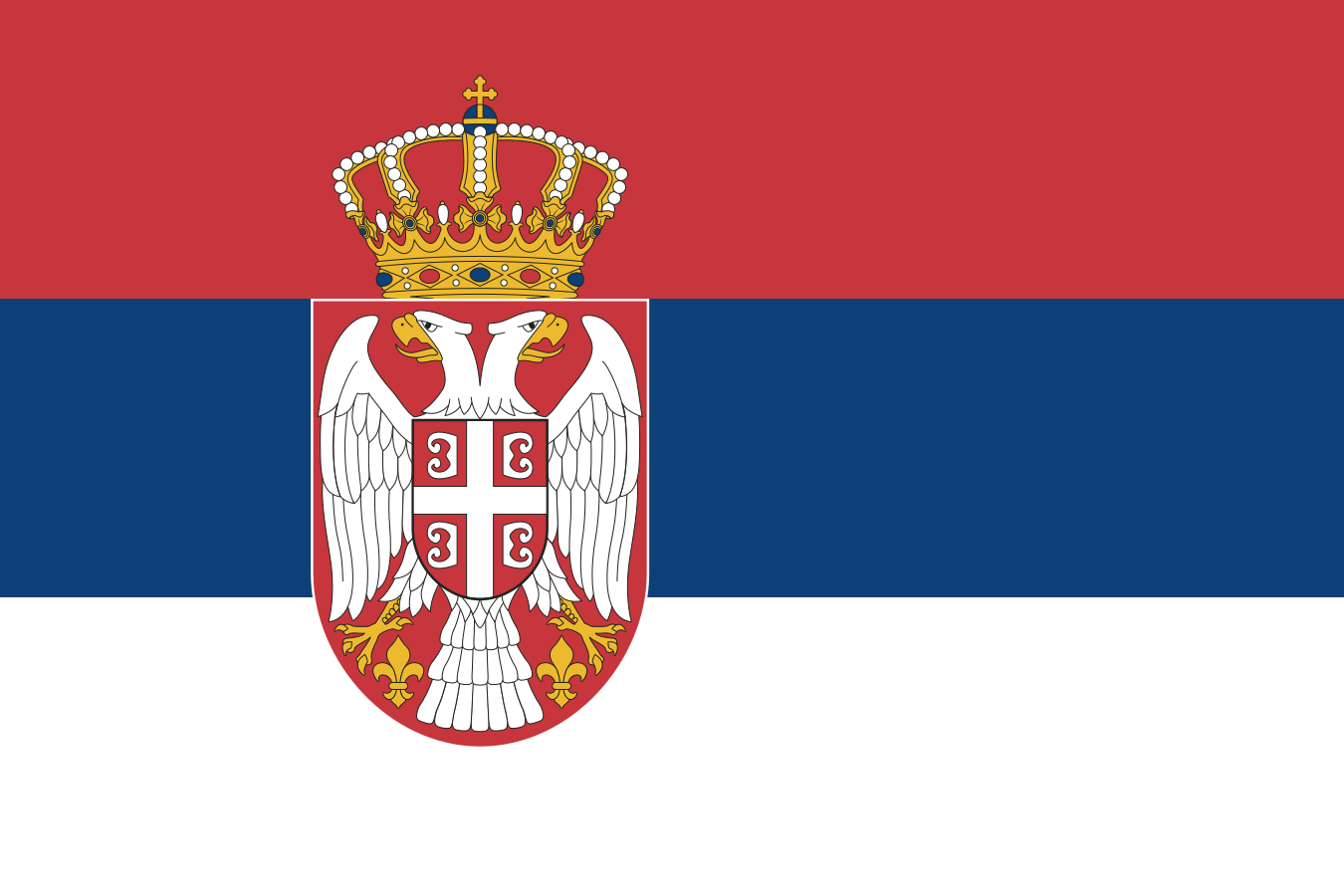
Above: The flag of Serbia
Serbia has always had to fight for its survival and they have seen the rise and fall of empires around them: Rome, the Ottoman Turks, the Hapsburg Empire, the Third Reich and the Soviets.
Serbia was the dominant power in the former Yugoslavia and under Tito´s rule Yugoslavia steered an independent course, separate from both Western capitalism and Soviet communism.
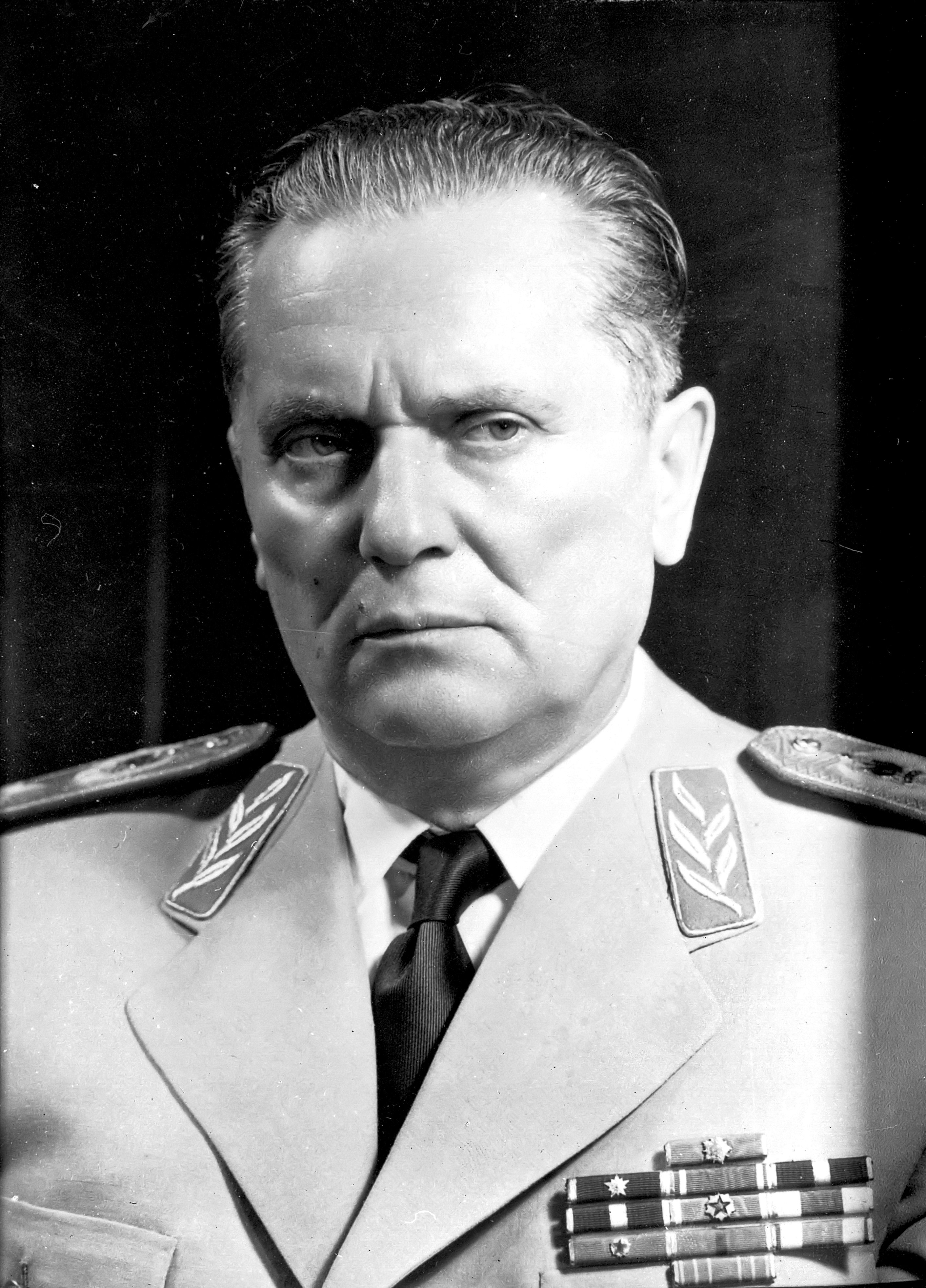
Above: Josip Broz Tito (1892 – 1980)
After Tito´s death in 1980 the multinational state disintegrated amid bitter conflict.
The last of these conflicts – the war over the secession of Kosovo – saw Serbia bombed by NATO forces for two and a half months.
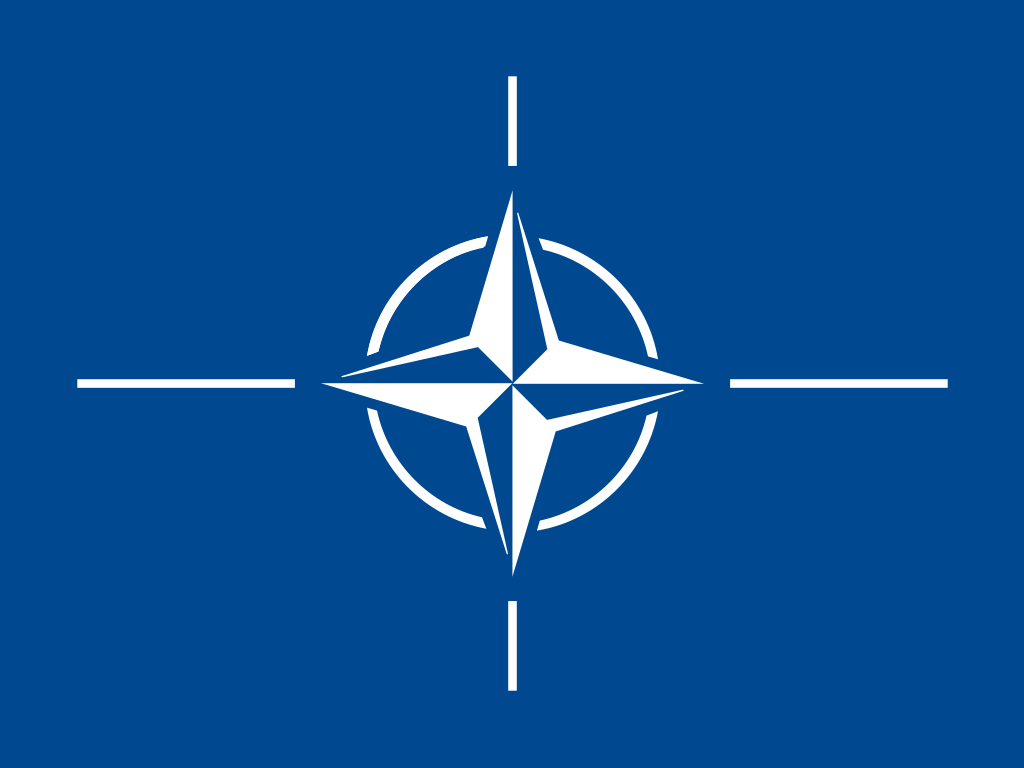
Above: The flag of the North Atlantic Treaty Organization (NATO)
This devastation, combined with international isolation, caused the Serbs to rise up against their leaders in the 5 October 2000 Bulldozer Revolution – a campaign of civil resistance that brought about democratic government in Serbia.

Above: Newspaper headlines of 6 October 2000
Nesha is proud of his surname Obrenovic, for his is a heritage of proud royal resistance.
The Obrenovic dynasty (1815 – 1903) ruled over Serbia first as princes and later kings.
They came to power through Milos Obrenovic (1780 – 1860) in the Second Serbian Uprising (1815 – 1817) against the ruling Ottoman Empire.

Above: Prince Milos Obrenovic (1780 – 1860)
This Uprising would lead to the formation of the Principality of Serbia (1815 – 1882) and later the Kingdom of Serbia (1882 – 1918).
The Obrenovics were traditionally allied with the Austro-Hungarian Empire versus the Russian-supported Karadordevic dynasty (1804 – 1813 / 1842 – 1858 / 1903 – 1945) which would supplant and eliminate them.
The Obrenovic dynasty ended in the May Coup (10 – 11 June 1903) when the military faction known as the Black Hand stormed the Royal Palace and murdered King Alexander I (1876 – 1903) who died without an heir.

Above: King Alexander I of Serbia (1876 – 1903)
The National Assembly of Serbia chose Petar Karadordevic (1844 – 1921) as Alexander´s successor.

Above: King Peter I of Serbia (1844 – 1921)
Of the five Obrenovics (four, officially) who ruled Serbia, Nesha most admires Mihailo Obrenovic (1823 – 1868) who is considered to be the most enlightened ruler of modern Serbia (1839 – 1842 / 1860 – 1868) and one of the first advocates of a Balkan federation to combat the Ottoman Empire.

Above: Prince Mihailo Obrenovic (1823 – 1868)
The ironic coincidence of Mihailo (44) dying on 10 June 1868, Alexander (26) dying on 10 June 1903 and Nesha turning 45 on 10 June 2018 is not lost on my Serbian host.
When speaking about Serbian history and heritage Nesha sighs and tells me that the only permanence Serbia has ever had is beauty.

Above: Tara National Park, western Serbia
His surname and love of country made Nesha the ideal person to lecture me on the history of Serbia throughout the drive to Allgäu Airport and to reassure me on that which worried me about our journey.
“Listen to me, Adami!
(Adami is his term of affection for me)
Don´t worry so much!
Anything is possible in Serbia!”
Memmingen/Allgäu Airport (identified as FMM on my luggage tags) is an international airport outside the village of Memmingerberg near the town of Memmingen in the Swabia region of the German State of Bavaria.
Above: Memmingen/Allgäu Airport
It is the smallest of the three commercial airports in Bavaria and has the highest altitude (633 metres / 2,077 feet) of any commercial airport in Germany.
Allgäu Airport, a former USAF training base, is located 3.8 km / 2.4 miles from the centre of Memmingen and 110 km / 68 miles from the city centre of Munich (München).
(Which begs the question how this airport so distant from Munich is also known as München West.)
It has been in operation for civilian air traffic since 2008.
We travelled to this airport rather than using the international airport in Zürich because it is a hub for low-cost airlines like Ryanair and Wizz Air.
It mostly features flights to European leisure and metropolitan destinations and handled over one million passengers in 2017.
Due to our booking our flights to and from Belgrade at different times Nesha and I don´t fly together and happily my seat over the wing of the planes gives me isolation from dealing with strangers at my elbow.
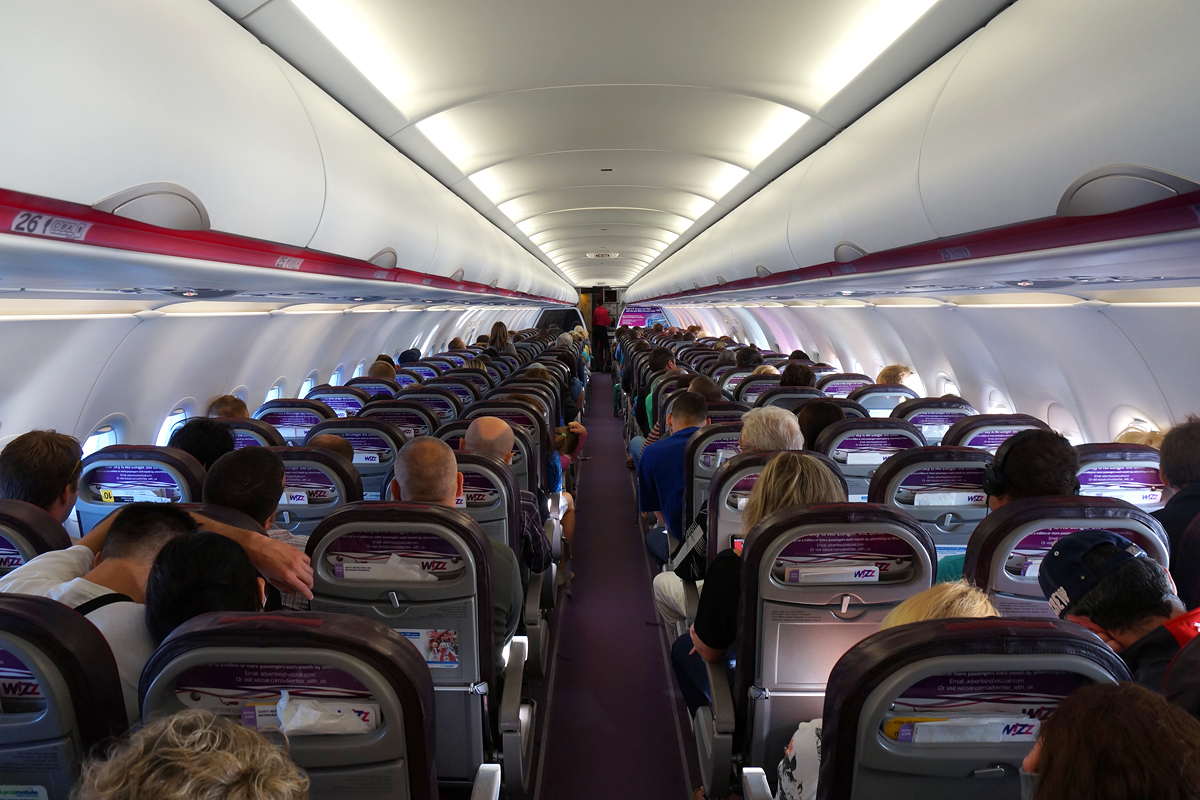
I follow a Gothic-clad teenager with luggage labelled “Irina” and sporting a black T-shirt emblazoned with the words “Weird/Common” from the terminal to the plane.
I am disturbed only once by a lady passenger who, in trying to win a debate with her partner over whether Americans can pronounce her surname correctly, asks me how I would say “Cirovic´“.
(Somehow she fails to see me sporting a bright red Roots sweater with the word “Canada” splashed across my chest in brilliant white lettering.)

Apparently Canadians are no different than Americans in this regard.
I failed miserably in echoing the correct Serbian pronunciation.
Belgrade´s Nikola Tesla Airport (Aerodom Nikola Tesla) (BEG on my luggage tags) serves over 5 million passengers per year and 36 airlines at two terminals.

Located near the town of Surcin (15 km / 9 miles from Belgrade city centre), Nicola Tesla is the 5th airport to serve Belgrade since air travel began.
At both Memmingen Allgäu Airport and Belgrade Nikola Tesla Airport customs and luggage handling are painless.
With rare exception I find most airports to be unremarkably similar.
An airport is an airport is an airport.
We are happy that departure from one and arrival at the other passed quickly.
We are met by Nesha´s mother Jagoda (“strawberry” in Serbian) who is clearly a woman with very set ideas and opinions.
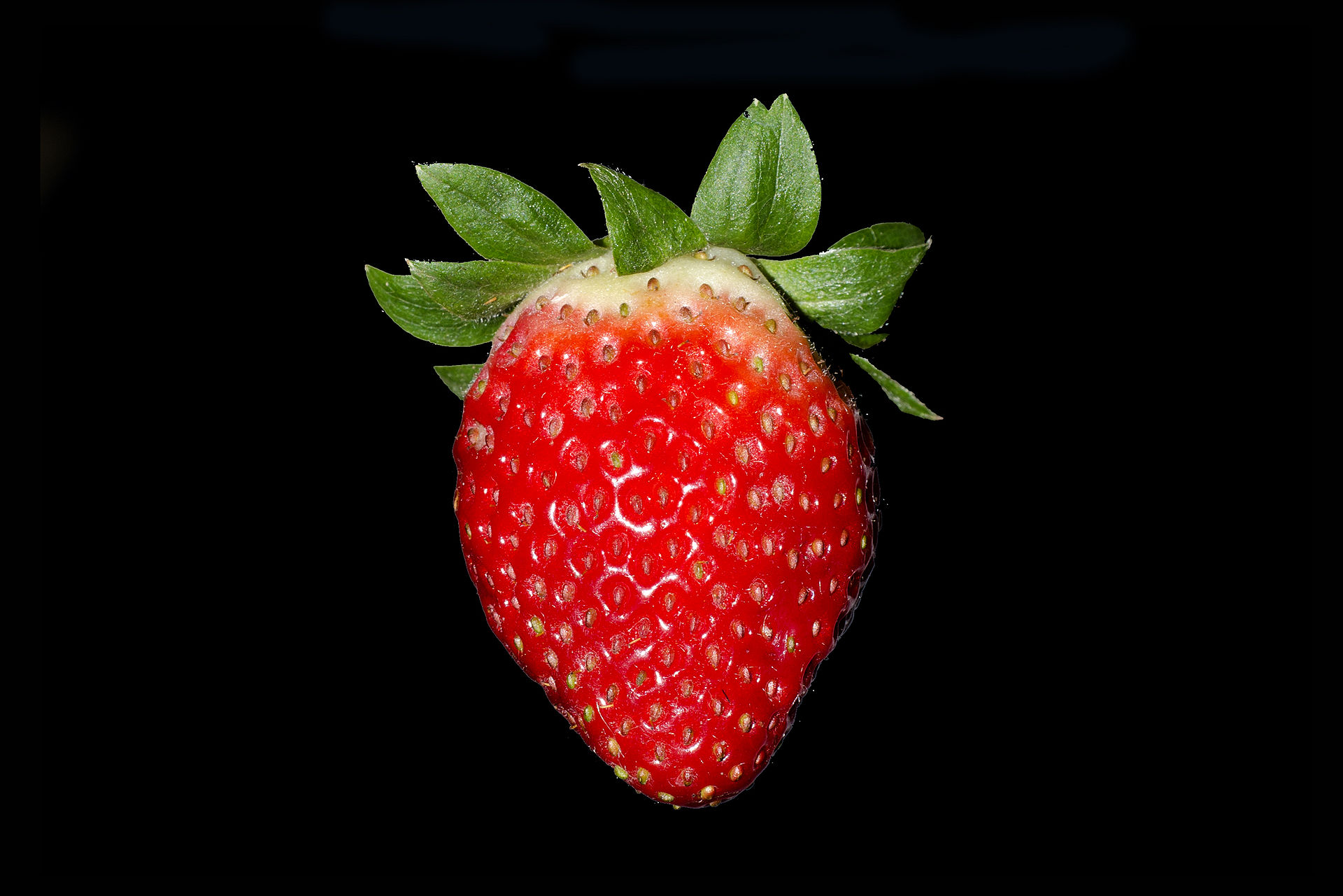
In discussing where to have lunch (normally at 3 pm in Serbia) my glutenfree diet gets mentioned.
In broken English, Jagoda informs me that all Americans have gluten allergies, including her American son-in-law Mitch.
She drives us to Novi Beograd (New Belgrade) across the Suva River from the Serbian capital.
I am given a tour of Nesha´s childhood home.
Listen to me, Adami.
Here is where I slept as a child.
Here are pictures of my family.
This is my sister (She is a lawyer.) and her husband Mitch in San Diego.
Here is where Papa died last year.
God rest his soul.
We drink glasses of sljivovica, a rakija plum brandy, and toast one another with Ziveli! (Cheers! / Long life!) and declare life to be dobar dobar (good good).

Nothing of any real importance in Serbia is done without rakija.
Birth is celebrated with rakija.
Without rakija one does not go to war, join the army, enter a church, visit friends or hit the road.
Rakija is the drink of kings and peasants, doctors and policemen, judges and lumberjacks, politicians and priests.
Rakija cures everything.
For example, a sore throat can be cured by putting a cloth soaked in rakija on your neck, and, as always, take a shot, take two, of rajika for good measure and additional insurance.
Death itself is not without rakija.
Leave a bottle of rakija on the grave of the deceased, for even the dead drink.
Sprinkle rakija around during the funeral and the wake, not only for the delight of the dead but for the solace of the living.
All foreigners visiting Serbia are obliged to be registered with the police within 24 hours.
This registration is normally done automatically by hotels on checking in, but I am not staying at a hotel in Belgrade but with Nesha in his apartment.
So Jagoda drives us to the nearest police station.
Within an hour of landing in Serbia I already have a police record.

I am taken by Nesha and Mama Strawberry to a restaurant whose name translates as “Our House of Meat“.
There was pljeskavica (meat patties of pork, beef and lamb sprinkled with spices and served with onions), raznjici (shish kebabs of pork and veal), cevapcici (spiced minced meat kebabs), leskovacki cevapcici (kebabs with peppers), mesano meso (mixed grill) and many more selections too numerous to list here.
Serbs enjoy eating meat in as many ways as there are to cook meat.

This is not a country for the vegetarian or the health conscious.
Serbian food, while tasty and wholesome, is also heavy and greasy.
Listen to me, Adami.
You know that surely this cannot be found elsewhere.
Nesha and his mama sincerely believe that there is no place except Serbia that serves such sumptious food.
Thank the gods that you, poor stranger, found Serbia in time and have just barely escaped hunger.
But now you´ll see the originality of Serbian cuisine.
So the informed foreigner says nothing, for at first glance it seems there isn´t in fact such a thing as Serbian cuisine.
The grill comes from Arab countries.
Cevapcici, the Serbian cylindrical-shaped piece of grilled meat, comes from Turkey via Persia.
Njeguska smoked ham is a close relative of Parma ham, but in Serbia it is never eaten with melons.
Lamb is roasted on a spit, but it might be better in Greece.
Barbecued young pork meat is not a Serbian speciality.
That honour belongs to Spain and Italy.
Beans came to Serbia from Peru.
But wait, oh, ye cynic!
There is kajmak, an amazing food stuff that I have never tasted anywhere else.
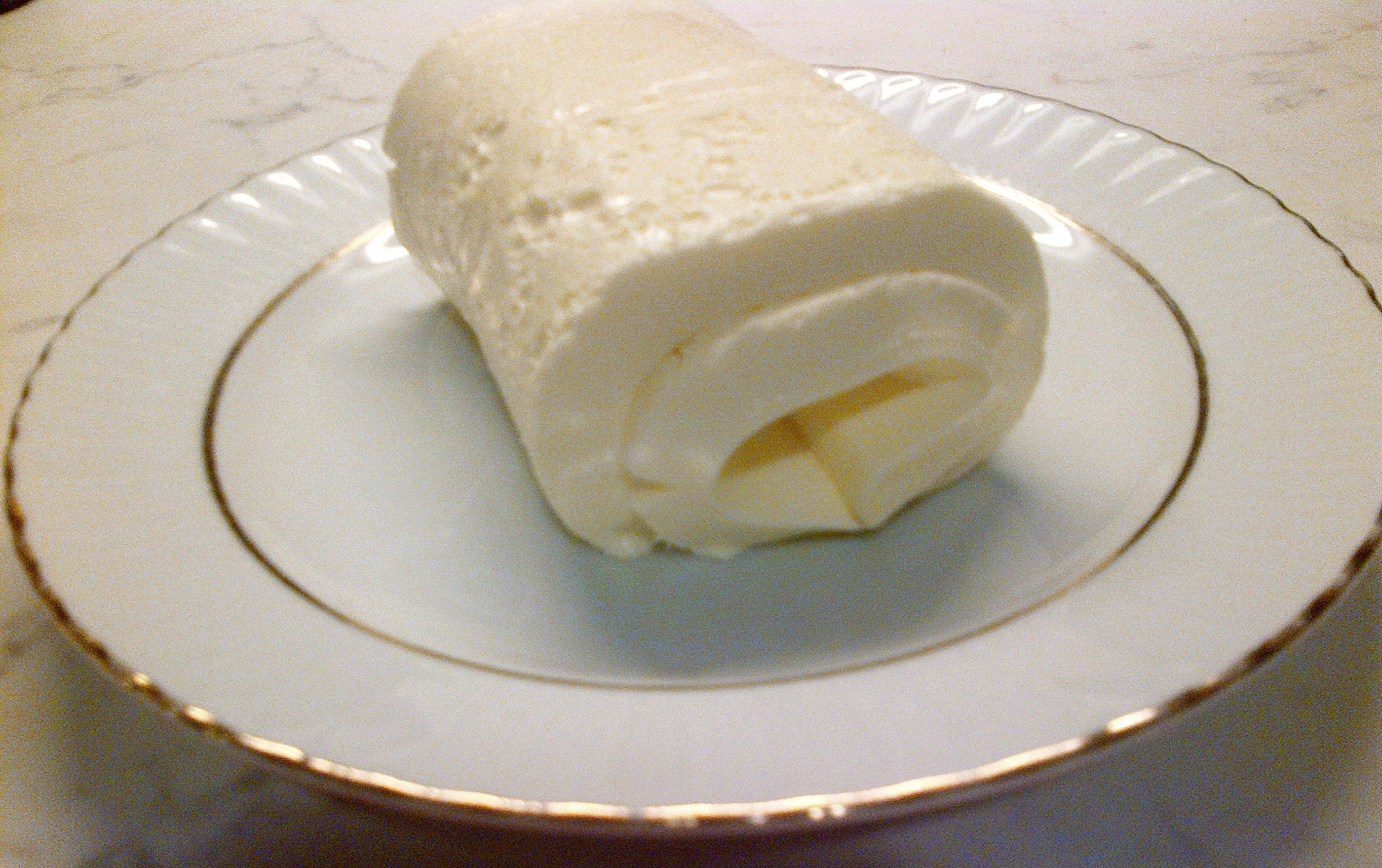
Kajmak, a salty cream cheese, is skimmed from freshly boiled milk and bears absolutely no resemblance to young cheeses, despite its appearance, such as mozzarella or sour cream.
No one knows why Serbs invented it nor why only the Serbs invented it.
It is a secret.
According to Belgrade writer Momo Kapor (1937 – 2010), there is an international kajmak smuggling ring conducted by Serbs who risk everything to bring this delicious dairy product to their countrymen around the world.
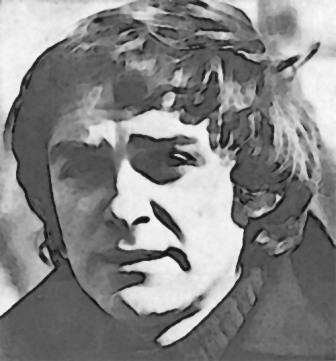
Above: Momo Kapor (1937 – 2010)
The irresistible longing for kajmak is so intense that friends and relatives are beseeched to bring it to the most distant cities of the world, whether it is to the remote regions of Georgia, the Caucasus, Tibet or New York City.
I cannot in mere words describe the exquisite taste of kajmak except to say that the delightful shock that the tongue experiences when tasting kajmak for the first time has the soul hoping that Heaven has kajmak waiting for it.
Kajmak is as close to mystique and magic as any mere mortal will ever enjoy.
Ask any Serbian.
There is an old Serbian legend about how it was customary in medieval times for Serbians to eat with golden forks, while Western nobles of that period ate meat with their bare hands.
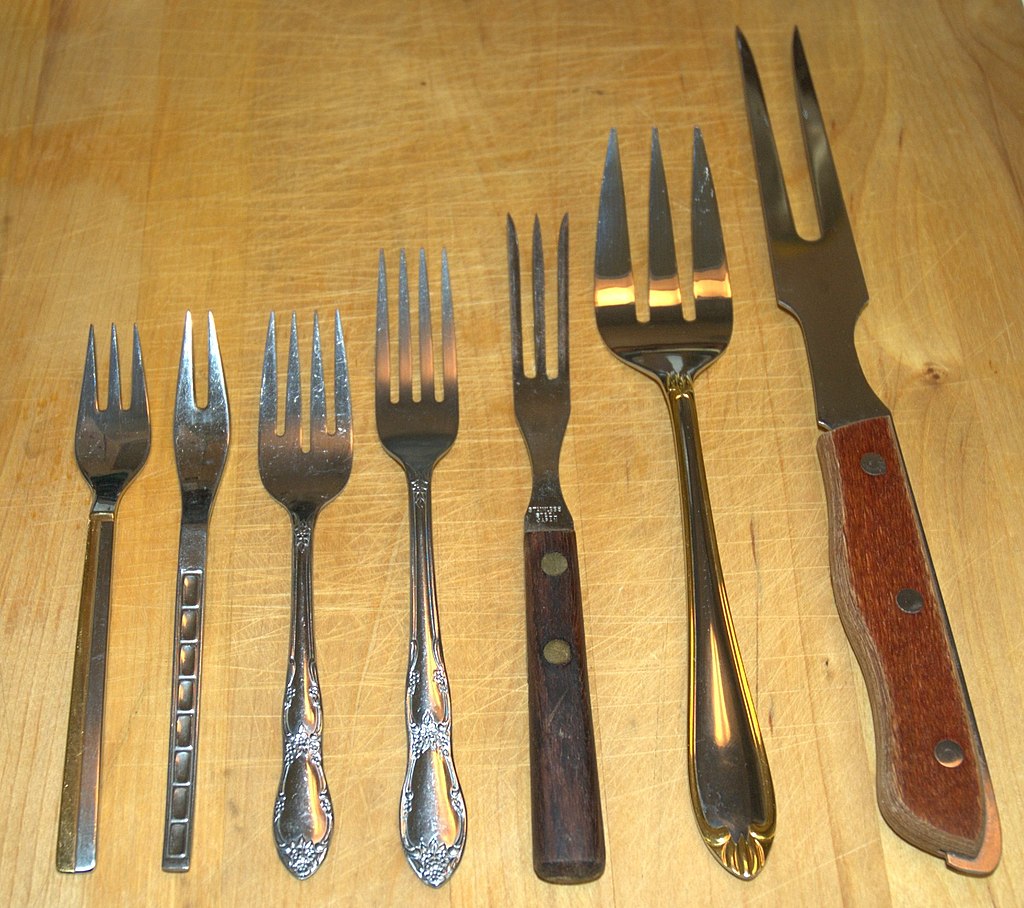
Until the 17th century it was deemed a transgression of relgious regulation to pierce meat with a fork.
The papal injunction against the fork was explained by the view that only fingers should be used on God´s creatures, and never forks.
The use of a fork could bring years of punishment in a dungeon or even a horrendous death.
In the 11th century Ostia Cardinal Bishop Peter Damian recited terrifying sermons against the fork in Venice, threatening Hell to those who dared use it.
Above: Bust of Peter Damian (1007 – 1073)
When a Byzantine princess who had married into the French court was found using her small fork, she was burnt at the stake as a witch.
The Serbs, who were at the time under the political sphere of Byzantium, refused to acknowledge the papal prohibition and very much enjoyed their cutlery.
Serbians, if the mighty Momo can be trusted, believe milk is fundamentally incompatible with tea.
Serbs drink milk only when they are being breast-fed and tea only when they are ill.
Such perverts the English are!

Regarding the chicken, there are only two circumstances when it is to be eaten: either when the chicken is sick or when you are.

In Belgrade one can find almost anything you would find in Barcelona, Beijing or Boston.

Above: Aerial view of Belgrade
One may find all kinds of coffeehouses, cafés and restaurants in Belgrade that serve whisky, vodka, tequila and cognac.
In contrast to the Islamic world, Serbian religion allows husbands to drink as much as they wish.
Sadly their wives won´t allow for such foolishness, so perhaps Serbian husbands might as well be Muslim.
And no meal is complete without the cancerous contribution of a cigarette, for here not only do most Serbians smoke but smoking signs here actively encourage and proudly proclaim “Smoke here, please.”

Serbia is the #1 country in the world for per capita cigarette consumption.
My friend Nesha has been smoking since he was a teenager and many of his friends do.
Perhaps Jagoda is now convinced that as all Americans have gluten allergies so are all Canadians non-smokers.
I can´t help wonder what kind of a toll this combination of rich, greasy cuisine and continuous cigarette consumption must have on the Serbian health system or on Serbian longevity.
As Serbians celebrate life with libations of liquor, cartons of cigarettes and feasts of meat, while kissing one another (as well as every icon that can be found in every religious establishment) reminders of death can be seen everywhere.
Walk down any street and read the obituaries, for notices of death, certificates of demise, are posted around every town.
Paper proofs of death (umrlica) are posted on walls, doors, poles and trees.
The wise Serbian knows that it is not the fat nor the grease nor cigarettes that kill.
There are three things that guarantee death in Serbia:
- Wet hair, even minor dampness, is life-threatening, if you foolishly set foot outside.
- Draft (promaja) from cracked doors and windows – beware!
- No socks – don´t even think about it!
Perhaps it is no wonder that Serbians say Ziveli! so often.
With war visiting Serbia, or so it seems, once in every generation….
With feasts of fat and gobs of grease eaten from mountains of meat….
With cancer consumed more copiously than oxygen….
With the helplessly hopeless walking the streets with wet hair….
With demented foreigners leaving drafty windows open everywhere….
With barefoot barbarians bounding across Belgrade….
The formality of wishing one another long life is not only polite.
It is necessary.

Sources: The Brandt Guide to Serbia / Emma Fick, Snippets of Serbia / Culture Smart Serbia / Momo Kapor, A Guide to the Serbian Mentality


